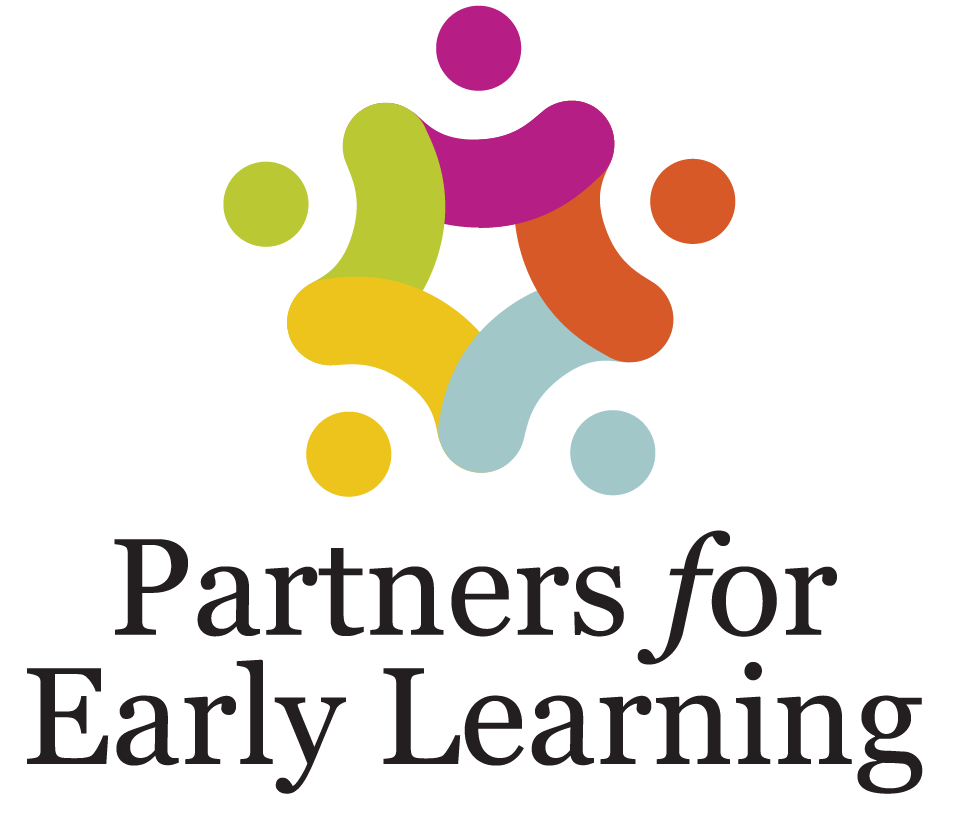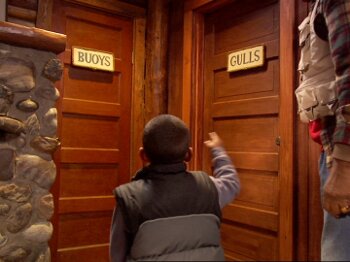Words are all around us!
Just one more stop before you head home. So into the store, you go. You’re shopping, and your daughter says, “That says oranges!” You are surprised and happy as you think your child reads the sign.
Or is she?
Not exactly. At a young age, with your help, children begin to see that words are printed everywhere. They see signs, labels, and logos, and they begin to understand that words have meaning, but they aren’t reading yet. However, this is an important step towards reading. It’s very common for young children to start recognizing logos before they can actually read the words.
A few positive words go a long way.
When this happens, it’s important to encourage them. Your positive response tells them that they are on the right path. Encouraging children to be aware of the words around them is a great way to build the supportive relationship needed to help them learn how to read and write. As her curiosity grows, she might point at a word and ask what it says or means. When she asks, “What’s that?” Be sure to answer. Your job is to try to keep the conversation going. The more conversation you have, the more words she will hear. Keep it interesting. The more she is interested, the more she will learn.
Turning symbols into words.
Long before he starts school, you can introduce your child to the world of print. At breakfast, you can read the cereal box. When you are at the grocery store, he can pick out the same box, and he might not even know the name. If you ask him to find “Mommy’s favorite coffee,” he can probably take you to the right brand. Then try taking another step by asking him to find one package that starts with F for French roast. Show him where the words are, and he will look until he finds one. He watches for your response. Your smile and cheers tell him that he made the right choice. This is a big learning leap for him. You are setting the stage for reading.
Research tells us that children learn that print means something before learning to read. By giving him the chance to notice the world around him and reinforce what he notices, you are building a base to help him on the path to reading.
Use everyday opportunities.
When driving in the car, point out street signs or billboards. When you come to a stop sign, ask, “What does that say?” When he answers, “Stop,” say, “You are right. Now let’s say each letter.”
When you are at the park, stop and read the signs and help him to recognize important signs like “walk and don’t walk,” “entrance and exit,” and the symbols designating which bathroom is for the boys and which one is for the girls.
You are teaching him to be aware of print all around him. When he recognizes a word or symbol, this makes him feel proud and encourages him to learn the meaning of other signs, symbols, and words. Being aware of print is the perfect stepping stone to reading words and a great way to get young kids interested in reading.
Helpful parenting tips
- Positively respond to your child when she recognizes words, logos, and symbols.
- You will notice your child becoming interested in print around age 2.
- Follow his lead and answer his questions about words and signs he sees.
- Point out print that shows up often in your child’s world – cereal boxes, store signs.
- Take a “word walk” to look for print around the house or neighborhood.
- Don’t push your child to learn letters of the alphabet before he is ready – but do answer questions about them if he asks.
Helping your child pay attention to signs and words will encourage a future of learning.

